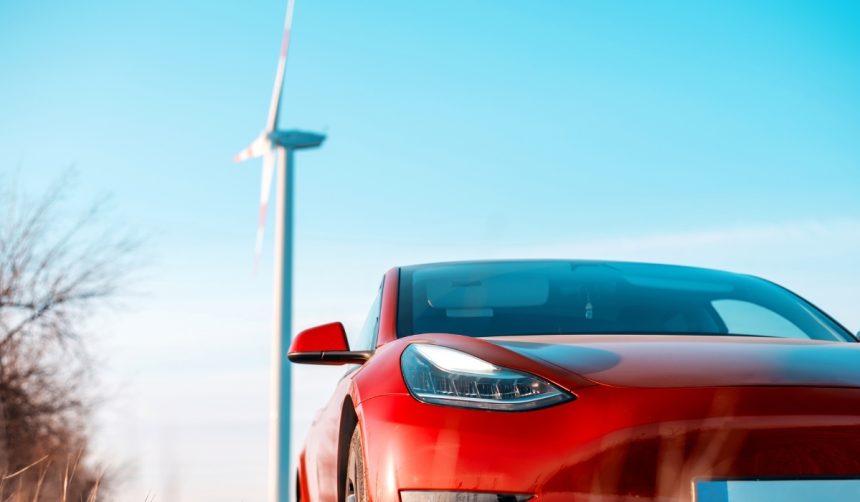As many families celebrated Thanksgiving, Tesla quietly pushed a new Full Self-Driving (FSD) software update, V14.2.1, to its AI4 vehicles and the Cybertruck. Rolling out updates during national holidays demonstrates the dedication of Tesla’s AI team, striving to continuously refine autonomous driving technologies in real-world scenarios. Social media buzz quickly followed the release, as drivers noticed the update appearing simultaneously on multiple Tesla models. Users’ first impressions are anticipated as the wider Tesla community assesses the update’s impact.
Automotive software revisions have often sparked debate, especially regarding attention monitoring and real-time safety interventions. Earlier Tesla updates focused primarily on improving vehicle navigation and driver assistance features, with incremental safety enhancements seen over time. Now FSD V14.2.1 distinguishes itself by introducing higher attention monitoring sensitivity linked to camera visibility, reflecting Tesla’s ongoing efforts to address both safety and regulatory expectations. Compared to previous rollouts, anticipation for user feedback on the system’s alert responsiveness and its effect on daily driving remains high within tech forums and owner groups.
What does FSD V14.2.1 bring to Tesla drivers?
The latest FSD V14.2.1 update primarily builds upon previous features, aiming to refine Tesla’s autonomous driving system for improved road safety. One of its notable tweaks is an adjusted system that leverages camera visibility to increase attention monitoring, potentially leading to more timely driver alerts. Early adopters of the update, including Cybertruck owners, quickly shared their experiences online, with several users noting that the update downloaded to their vehicles immediately after announcement.
How have Tesla owners responded to the latest update?
Initial reactions to the FSD V14.2.1 update have been generally positive, as drivers observed enhanced performance in complex driving situations such as maneuvering narrow spaces and managing parking garages. Online commentators highlighted the responsiveness of Tesla’s release process, with one stating,
“As I am finishing Thanksgiving Dinner, what drops.. a new version of FSD. v14.2.1 is downloading to my Cybertruck and 2026 Model Y at the same time.”
Direct demonstrations through video clips have started circulating, allowing prospective users to judge the system’s handling in real-world environments.
Will increased attention monitoring affect the driving experience?
The update’s emphasis on heightened attention monitoring raises questions about driver engagement and potential notifications. Tesla’s release notes indicate this feature may increase the sensitivity of reminders for drivers to remain vigilant, particularly if camera visibility is limited. Another community member remarked,
“This point update is to polish what have been available in 14.2, but also includes this new update: ‘Camera visibility can lead to increased attention monitoring sensitivity.’”
As the rollout extends to a broader fleet, feedback will help clarify whether these changes lead to more frequent alerts or improved safety outcomes for daily drivers.
Analyzing the rollout of FSD V14.2.1 offers a window into Tesla’s iterative software development approach. The company has prioritized rapid deployment, often addressing concerns and introducing incremental improvements based on user experiences and real-world data. Historically, features like wider FSD access or attention monitoring changes have sparked strong owner reactions and influenced public perception of vehicle autonomy. For those considering FSD-equipped vehicles, it is helpful to monitor user reviews and demonstrations, as they provide context on how these technical changes play out on the road. Understanding the balance between automation and required driver input will be crucial as self-driving technologies advance.










